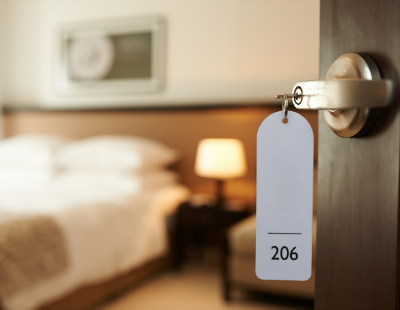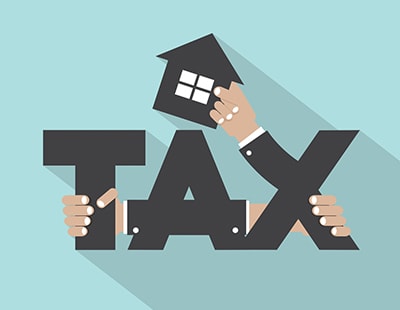
The number of active holiday lets has increased by a third in some of England’s most popular short break destinations.
The biggest increase has been reported in the Lake District where the number of active rentals increased from 5,693 in 2021 to 7,591 in 2022 - a rise of 33.3 per cent.
Strong annual growth has also been reported in the Peak District (25.2 per cent), the Cotswolds (25 per cent), Cornwall (24.1 per cent), Devon (21.1 per cent), Brighton (13.1 per cent) and Liverpool (10.8 per cent).
Octane Capital, which commissioned the research, says the main attraction is furnished holiday lets being classed as a business.
This means it is possible to deduct expenses from rental income, and deduct the interest you’re paying on your mortgage.
To qualify for such tax benefits, HMRC has a series of criteria the landlord must meet. For example, the property must be available to let for at least 210 days a year, and must be occupied for at least 105 days a year.
However, each tenancy can be no longer than 31 consecutive days. Any stays that last longer than 31 days do not count towards that 105 day minimum.
Octane chief executive Jonathan Samuels comments: “Because holiday lets are now the first choice for a huge swathe of the population, more and more people are thinking about ways to make money off the sector. Some people are simply opening up a spare room in their home, but others are buying new properties with the sole purpose of putting them on the holiday let market.
“While it’s an attractive idea, it’s one that requires careful consideration. The old idiom of location, location, location has never been more appropriate.
“If you can’t buy a property in a high demand short-term rental location, you’re going to really struggle to make any sort of profitable income in this sector. It’s about finding locations that offer the perfect balance between affordable purchase price and strong, reliable rental income.”















%20-%20IMAGE%20Client%20Accounting%20%E2%80%93%20what%20are%20your%20options.jpg)





Join the conversation
Be the first to comment (please use the comment box below)
Please login to comment